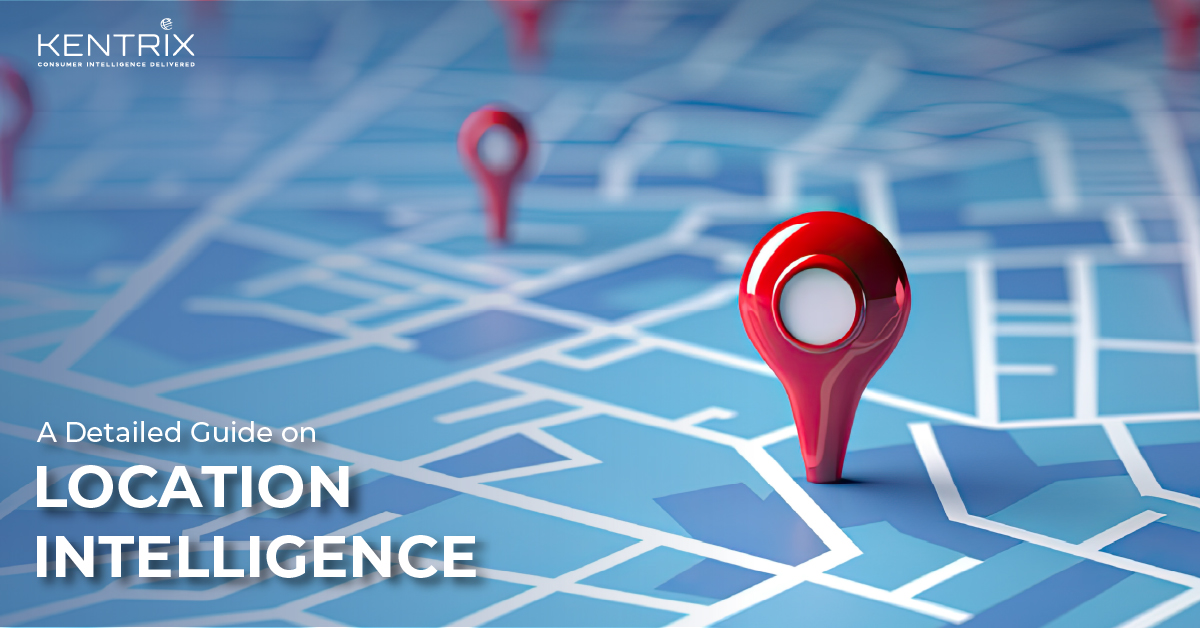
Location intelligence is quickly becoming a must-have tool for modern businesses.
To give you an example of location intelligence and its importance, picture this – In Mumbai’s Bandra West, two coffee shops sit just 500 meters apart, one thrive while the other struggles. Same neighbourhood, same PIN code, similar quality product, yet, completely different outcomes, why? The answer is hyperlocal intelligence.
While the struggling cafe relied on basic PIN code demographics showing “high income area,” the successful one dug deeper. It knew exactly which buildings housed young professionals who spend ₹15,000+ monthly on dining out, prefer international cuisines, and order coffee via apps during work hours.
This kind of granular, behavior-driven insight is what makes location intelligence a game changer.
In fact, the global location intelligence market is projected to reach $53.6 billion by 2030, growing at a CAGR of nearly 17% from 2025 to 2030. As businesses prioritize omnichannel growth, the need for geospatial intelligence to understand who lives where, how they spend, and what they’re likely to buy has never been more urgent.
So what exactly powers location intelligence? What makes it so critical in the Indian context? And how can brands across industries—from retail to banking—use it to gain an edge?
Read on as we explore all of this in detail.
What Is Location Intelligence?
Location intelligence is the method of collecting and deriving actionable insights from geospatial data. It is powered by Geographic Information Systems (GIS), which transforms raw location data into analytical and operational business solutions.
Location intelligence is not just placing dots on a map. It combines location data with behavioral, demographic, mobility, and environmental datasets to answer critical questions like Where should we open our next store?, Which customer segments are most active in this region?, or How can we optimize delivery routes in real time?
From site selection and network expansion to sales prediction, catchment analysis, and footfall heatmaps, location intelligence empowers brands to make faster and smarter hyperlocal decisions. Today, enterprises across retail, FMCG, logistics, insurance and telecom are using location intelligence to unlock new markets and drive bottom line growth.
The Technology Behind Location Intelligence
‘At the heart of the location intelligence platform lies the Geographical information system (GIS technology). This is the technology that stores, analyzes and visualizes geospatial data. GIS makes it possible to convert complex location data into interactive maps, dashboards, and spatial models that reveal key insights.
However, the landscape is slowly evolving. The rise of IoT-powered devices, such as sensors, drones, and GPS trackers, has created an explosion of real-time geographic data. These devices stream millions of data points daily such as foot traffic, vehicle movement, and temperature and air quality. Such real-time data enriches the location intelligence ecosystem.
To handle this scale, modern platforms like Geomarketeer by Kentrix are now integrating AI and machine learning models, including foundation models, to extract deeper insights from vast datasets. This is making location intelligence faster, smarter, and more scalable than ever before.
What Type of Data is Used in Location Intelligence?
Location intelligence combines multiple forms of data to give a clear view about a particular location. Imagine having a dataset covering 920 million Indians and that too at a household level. Kentrix’s location intelligence tool offers precisely that. Here are the type of data taken into account:
-
Geospatial Data
Includes GPS coordinates, satellite imagery, maps, and building footprints used to pinpoint physical locations and boundaries.
-
Demographic Data
Information about population density, age, gender, income levels, lifestyle level and household size. This data helps understand the customer persona.
-
Behavioral & Consumer Data
Tracks purchase patterns, lifestyle preferences, brand affinity, and online vs. offline shopping behavior at a local level.
-
Point of Interest Data
Information on nearby stores, offices, schools, transport hubs, malls, petrol pumps and landmarks that impact location performance.
-
Sales Data
Store-level performance metrics, delivery history, or inventory levels tied to geography that can be used for forecasting and efficiency.
Benefits & Use Cases of Location Intelligence
-
Site Selection & Geomarketing
Location intelligence helps brands pinpoint the most profitable locations for new stores, showrooms, or branches. By analyzing geospatial data like foot traffic, consumer demographics, income levels, and competition intensity, businesses can avoid guesswork and make high-ROI site selection decisions. Whether you’re a retail or a banking brand expanding into a new market, a QSR brand entering a new metro, location intelligence ensures you enter the right location.
Kentrix helped a major quick commerce player plan its dark store expansion by analyzing income distribution, food spending patterns, and online shopping affinity at a hyperlocal level across metro cities. By identifying the most commercially viable micro-markets, the quick commerce player was able to prioritize store launches in high-density, high-potential zones.
-
Catchment Analysis
Catchment analysis is about knowing the exact consumer profile within the effective trade area around the store or branch, whether it’s a 5 km radius or 10 minute drive time. By layering demographics, income, spending behavior, and mobility data on a household level, brands can understand comprehensive consumer profile, know real demand and optimize their product offerings and inventory. Catchment-level insights are invaluable across industries like BFSI, retail, QSR, and education where proximity drives engagement and outcomes.
For a leading public sector bank, Kentrix performed detailed catchment profiling using drive-time zones, lifestyle segments, and product affinity at the building level. This allowed the bank to measure real demand for offerings like credit cards and mutual funds within the same PIN code but vastly different localities.
Result: Helped identify 5x higher mutual fund demand in some branches and enabled product-first targeting strategies.
-
Market Expansion Strategy
Scaling into a new market requires household level location intelligence. Such granular consumer data enables brands to discover high-potential white spaces, analyze infrastructure access, assess demand-supply mismatches, and plan their expansion strategically.
Kentrix helped a finance and investment company identify underserved micro-markets for gold loans by mapping building-level income data and conducting drive-time catchment comparisons across multiple cities. The analysis avoided reliance on generic PIN-code segmentation and revealed low-income clusters that were previously overlooked.
Result: The brand achieved a 3X improvement in branch targeting accuracy and reduced expansion risk in a Tier-1 and Tier-3 city.
-
Sales & Marketing Optimization
With location intelligence, marketing teams can identify high-opportunity areas with unmet demand or strong brand affinity. Brands can sharpen their targeting, improve conversion rates and reduce customer acquisition cost.
Kentrix helped an FMCG brand assess product-wise demand across individual stores and evaluate distributor territory performance. Using catchment-based segmentation and retail profiling, the team reallocated sales targets, onboarded more relevant stores, and optimized inventory.
Result: This data-driven optimization unlocked $6.5M in commercial efficiency gains.
-
Dark Store Placement & Delivery Route Optimization
Quick commerce brands operate with quick turnaround time and location intelligence is their superpower. It helps identify demand clusters, optimal routes, traffic constraints, and hub locations that minimize delivery time and cost.
A quick commerce company used Kentrix’s micro-market insights to evaluate where household demand density aligned with logistics feasibility for dark store hubs.
-
Distributor & Channel Network Planning
For FMCG brands, the success of their go to market strategy lies on distributor footprint and coverage planning. Location intelligence helps identify underserved areas, map retail potential, evaluate sales penetration, and even benchmark distributor performance. It eliminates guesswork and ensures product availability in the right localities.
An FMCG brand relied on Kentrix to shift from PIN-code level distribution planning to 500-meter catchment-based segmentation. By profiling retail potential and aligning each distributor’s territory with true demand, Kentrix helped minimize misaligned onboarding and stock wastage.
Result: Poor-fit store onboarding dropped significantly, and high-performing stores were prioritized—leading to improved throughput and territory coverage.
-
Cannibalization Detection Between Outlets
As brands expand their footprint, overlapping catchments often lead to self-competition or market cannibalization where two stores in proximity end up competing against each other. Location intelligence helps detect such market cannibalization.
Kentrix helped a QSR brand identify cannibalization risk between outlets within a 2 km radius, enabling smarter expansion without hurting existing store performance.
-
Right Product at Right Location
Consumer preferences can vary dramatically even within a single city. What sells in a high-income, lifestyle-rich catchment may not move in a budget-conscious locality nearby. Location intelligence helps brands align their product mix with the needs and potential of each micro-market. By analyzing variables such as income level, age distribution, lifestyle segment, and spending pattern, brands can determine the right assortment for each outlet. This ensures higher shelf turnover, better conversions, and reduced inventory losses.
Benefits of Location Intelligence
-
Make Smarter, Data-Driven Decisions
Whether you’re opening a new store, choosing where to run a campaign, or planning delivery zones, you can rely on data-driven facts. Location intelligence gives you a clear view of hyperlocal consumer profiles and trends. With such granularity, you can make smarter, faster decisions that actually work.
-
Reveals Hidden Trends & Insights
Sometimes, the most important things are hidden in plain sight. Location intelligence helps you spot hidden trends and patterns like which area is more likely to buy my product? Which area will bring more repeat customers? Where is the demand growing or declining? By spotting areas with growing footfall, relevance and consumer interest, you can move into new markets before your competitors.
-
Improve Operational Efficiency & Save Costs
Location intelligence helps make everyday operations smoother and smarter. By mapping product demand in each catchment area, you can stock inventory based on real local needs. This avoids both overstocking and understocking — so you don’t run out of high-demand products or waste resources on slow movers. It also helps ensure timely deliveries, which is especially important for quick commerce and express delivery brands that operate on tight timelines.
-
Improve ROI in Marketing
Instead of advertising everywhere and hoping for results, location intelligence shows you exactly where your best customers are. You can focus your ads, offers, and promotions on the areas most likely to convert. This means fewer wasted marketing dollars and better results.
The Kentrix Advantage
What makes Kentrix’s Geomarketeer stand out in the location intelligence space is not just data, it’s the depth and application of insights. While others offer PIN code aggregates, Kentrix provides:
- Household-Level Precision: Household level profiles for 92 Cr Indian consumers.
- Lifestyle Segmentation: Twelve proprietary lifestyle segments capturing not just demographics but behavioral patterns, from “Established Elite” to “Daily Survivors.”
- Spending Reality: Actual monthly spending patterns across nine categories, showing where money flows, not just income levels.
- Predictive Affinities: Propensity scores for 100+ product categories, from basic groceries to luxury cars, based on observed patterns.
- Dynamic Catchments: Real accessibility analysis using drive-times and actual movement patterns, not simple radius circles.
- Quarterly Updates: Fresh data reflecting India’s rapidly changing consumer landscape, not outdated census projections.
Top Industries Leveraging Location Intelligence
-
Banking & Financial Services
Banks use location intelligence to identify high-potential areas for new branches, optimize ATM networks, and align financial products with local customer needs.
-
Retail
Retail brands use location intelligence to choose the best store locations, understand local shopper profiles, and personalize promotions based on catchment-level consumer behavior.
-
Quick Commerce
Quick commerce companies use location data to place dark stores strategically, plan efficient delivery routes, and forecast hyperlocal demand in real time.
-
FMCG
FMCG companies leverage it to map distributor coverage, identify demand hotspots, and plan van routes and product mix based on catchment-level insights.
-
Food & Beverage
F&B brands use it to predict sales demand, avoid store cannibalization, and plan outlet launches based on local consumption patterns.
-
D2C
New age startups leverage locality level consumer data to assess total addressable market for their products before setting up their supply chain network.
Conclusion
Location intelligence is a necessity for data-driven growth. It makes decisions more precise, local and accurate. Whether it’s optimizing store networks, targeting high-value customers, or predicting demand, the ability to analyze location-based insights offers a competitive edge.
Kentrix’s Geomarketeer is a powerful SaaS location intelligence tool that enables brands to map micro-markets, analyze catchment areas, benchmark competitors, and uncover real demand at a granular level.
More than 500+ brands across retail, BFSI, FMCG, QSR and D2C are already leveraging our location intelligence tool. We are India’s trusted location intelligence company, empowering you to see each micromarket with household-level precision. We help you understand not just where your customers are, but also who they are, what they want, and what they’ll buy next.
FAQs
Can Kentrix’s location intelligence tool be integrated with our system?
Yes, modern location intelligence platforms like Geomarketeer can be integrated with popular CRMs and ERP tools. You can export data, embed insights into your workflows and create custom dashboards for different teams.
How is location intelligence different from GIS?
Location intelligence focuses on using geographic data to drive business decisions. It combines spatial analysis with business intelligence. GIS (Geographic Information Systems), is a technological method that captures and analyzes geographic data. While location intelligence is more application oriented, GIS is more data oriented.
Why is location intelligence more important in India’s market?
Because of India’s geographical diversity, dense population and uneven infrastructure, location intelligence is important as it provides brands an overview of hyperlocal consumer behaviour, optimises last-mile logistics, and improves decision making.
What’s the typical ROI timeline for location intelligence investments?
The impact on decision making starts immediately. Revenue impact typically appears within 3-6 months as better-targeted expansions and optimized operations take effect. Full ROI usually arrives within 12-18 months. One retailer recovered their entire annual investment through a single prevented bad site selection.


